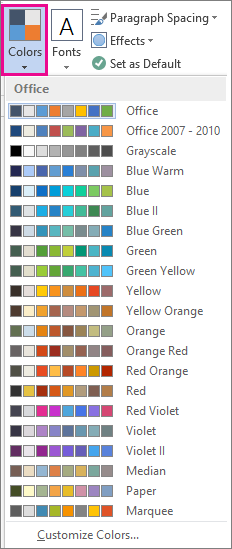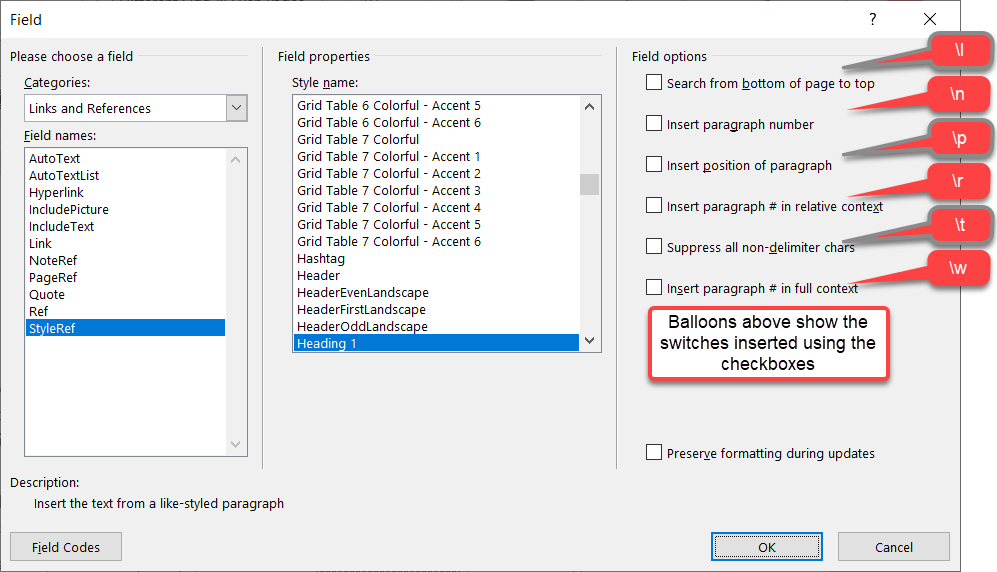
A typeface is a set of letterforms and glyphs with similar design features.There are a few terms associated with a font: Click to open the type details menu and explore more text properties.Adjust the vertical alignment of text within the text box.Adjust the horizontal alignment of text within the text box.Select how text overflows or wraps with resizing behavior.Adjust the vertical distance between paragraphs with paragraph spacing.Adjust the horizontal distance between letters with letter spacing.Adjust the vertical distance between lines of text using the line height field.Use the arrow to adjust the size of your text.Use the arrow to select a font style or weight.Click the arrow to browse a list of web, local and shared fonts to find a typeface or font family.


In this article, we'll take you through all the properties available for text. Text properties allows you to control everything from the appearance and position of text, to resizing behavior and OpenType features. Everything from the placement to font choice, has a part to play. Text is a crucial aspect of interface design. This list of fonts that work well on newsletters includes standards like Times Roman and new faces as well.Users with can edit access to a file can apply and adjust text properties. For example, use 14-point leading with 12-point type.Īlthough a serif font is always a good (and safe) choice, legibility and suitability for your design should be the deciding factors. Adding 20 percent or about 2 points to the point size of the text is a good starting point for figuring leading. However, more leading can translate to more pages in the newsletter. Some typefaces may require more leading than others to accommodate long ascenders or descenders.

CREATE FONT COMBINATIONS IN WORD FOR MAC PROFESSIONAL
While a professional designer may see the unique beauty in each typeface, for most readers, the face is just another font and they probably won't know that if it is the ubiquitous Times New Roman or Arial. It won't have an extreme x-height, unusually long ascenders or descenders, or overly elaborate letterforms with extra flourishes. Choose an unobtrusive font: For most newsletter articles, the best fonts are ones that do not stand up and shout at the reader.As with books, you won't go horribly wrong with most of the classic serif or classic sans serif choices. Choose a serif or sans serif font: The text of the articles in the newsletter is not the place for blackletter, script, or most decorative fonts.The newsletter nameplate, headlines, kickers, page numbers, pull-quotes and other small bits of text can often take decorative, fun, or distinctive fonts.įour guidelines will help you pick the right fonts for your printed newsletters. However, because most newsletters have short features and a variety of articles, there is room for variety. That is, they should stay in the background and not distract the reader from the message. The fonts used in print newsletters should be much like fonts for books. Lifewire / Jacci Howard Bear / Adobe / Microsoft These newsletter templates (top from Adobe InDesign bottom from Microsoft Publisher) use serif, sans serif, and script fonts.


 0 kommentar(er)
0 kommentar(er)
